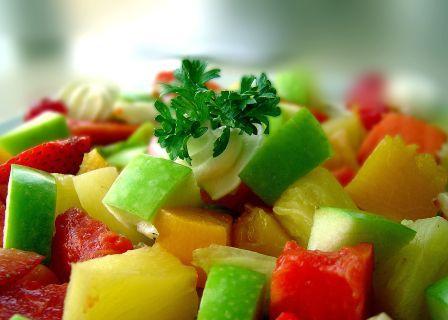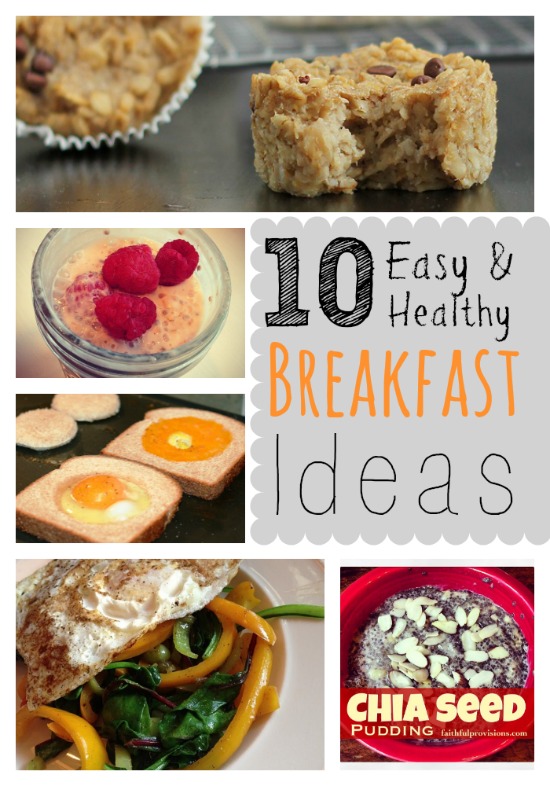Guest Post by Calie at Broccoli Cupcake
Gluten-free diets originally gained attention as a result of a serious autoimmune disease called celiac. As family and friends of those living with celiac disease began to eat gluten-free they discovered that this diet had many health benefits even for those of us without gluten allergies. Recently, gluten-free has become somewhat of a buzz word among Hollywood and the media. While not everyone needs to eat gluten-free, many people choose to live a gluten-free life because of the natural health benefits associated with eliminating processed foods and focusing on a diet of whole, fresh foods made from scratch.
Gluten is the protein part of wheat, barley, oats, rye, spelt and many other grains. Those with allergies, sensitivities or celiac disease are unable to break down or digest this protein. According to celiac experts, while only 1 in 200 people actually suffer from celiac disease approximately 1 in 7 people have some sensitivity to it. Reactions can range from skin ailments like dermatitis and eczema to gastrointestinal issues, headaches, immunity challenges and weight issues. For those with gluten allergies or celiac, it is critical that the protein be eliminated from their diets, but there are benefits for the rest of us.
Gluten can be difficult to eliminate because grains are used in so many foods; even meats of animals that are fed grains can be off limits to those we serious gluten allergies. However, eliminating processed foods is a great start and a step that can benefit most everyone. The best way to stay true to the gluten-free diet is to eat fresh fruits, vegetables and grass-fed meats and to prepare most of your own meals. In addition to eliminating gluten, it also eliminates most fried foods and highly-processed foods while increasing our intake of vitamins and minerals. This diet can stabilize our weight, reduce allergies, and increase energy among other benefits. It can also be more affordable once you get the hang of it.
Don’t worry. You don’t have to give up all grains and you wouldn’t want to. Grains are an important part of healthy diet and there are many healthy grain and starch sources that are naturally gluten-free. If you are thinking about giving a gluten-free diet a try start by adding the following grains and starches:
- Corn
- Potatoes (white and sweet)
- Rice
- Tapioca
- Millett
- Quinoa
- Nut flours
- Buckwheat
- Chickpeas
*Tip: There are a number of gluten free cooking resources and it can be fun to try some of the recipes and products noticing any changes in your health. Check out Custom Choice Cereal where you can create a custom gluten free cereal, granola, and other items. The site contains a nutrition label that automatically updates as you change the ingredients that are included. For packaged gluten free breads, flours and pastries try Bob’s Red Mill and Udi’s Gluten FreeFoods. Live Gluten Freely hosted by General Mill’s is another great resource for recipes and information about living gluten free.
Recipe: This is my favorite chicken salad recipe. It just happens to be gluten free. Poach two chicken boneless, skinless chicken breasts. Shred the chicken and add 2 tablespoons of Greek yogurt, 2 tablespoons of gluten-free Dijon mustard, juice of half a lemon, diced cucumber or pickle, diced avocado, chopped nuts and sea salt and pepper to taste. Mix and chill.
Are you living gluten-free? What’s your favorite gluten-free resource?
About Calie at Broccoli Cupcake:
Broccoli Cupcake is a place to find and share information about living a happy, healthy lifestyle. The contents are fueled by Calie’s personal journey to improve her health and the health of her family. Calie is a work-from-home media relations consultant, mom to two unruly boys and health and wellness junkie. Tune in every other Wednesday at 7:30 a.m. for Calie’s healthy living tips on Fox 17 Tennessee Mornings.





Very informative. I have heard about problems with gluten but did not know much about it.